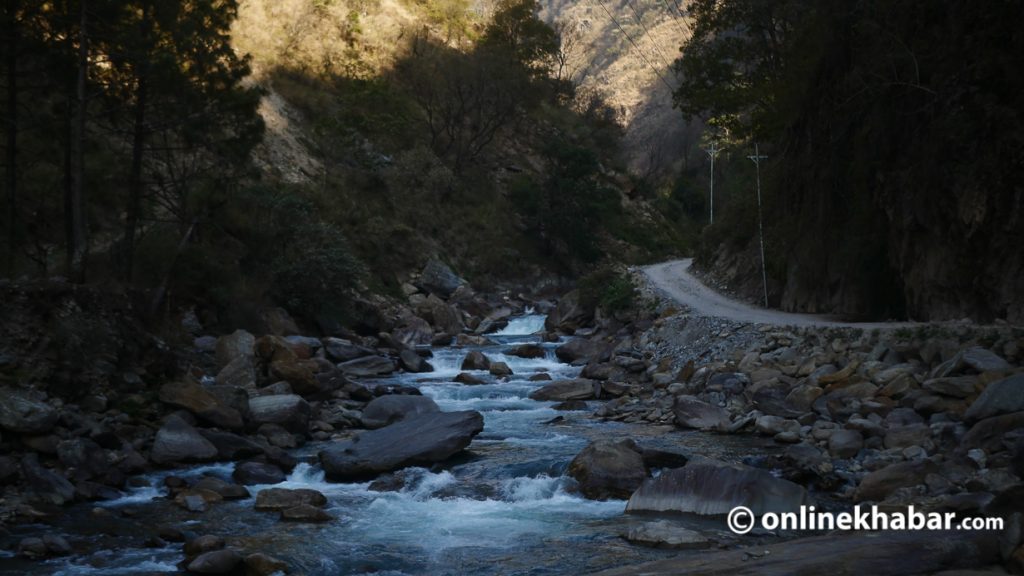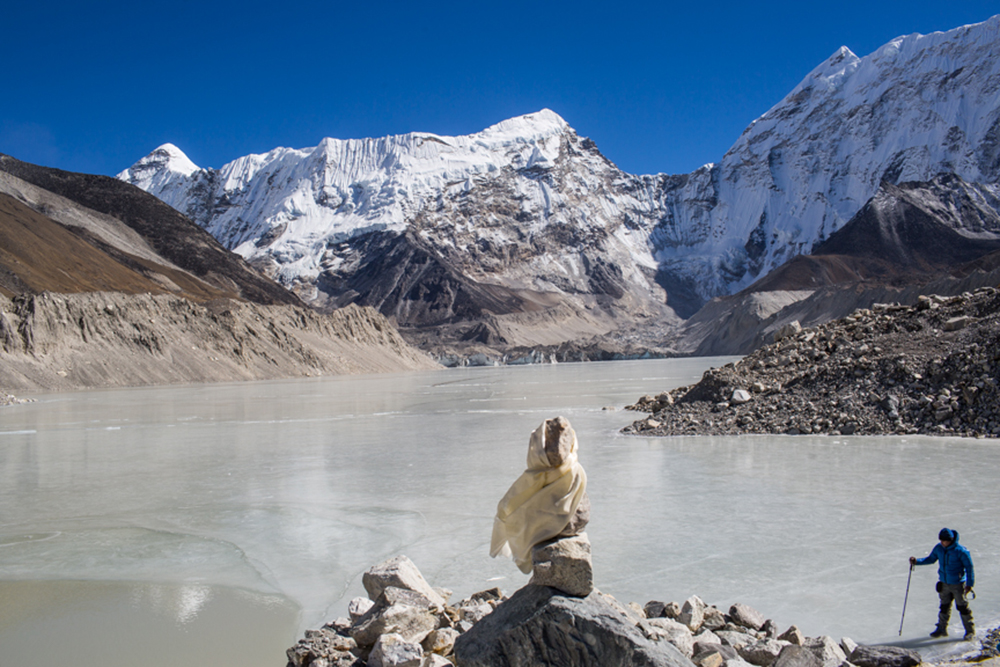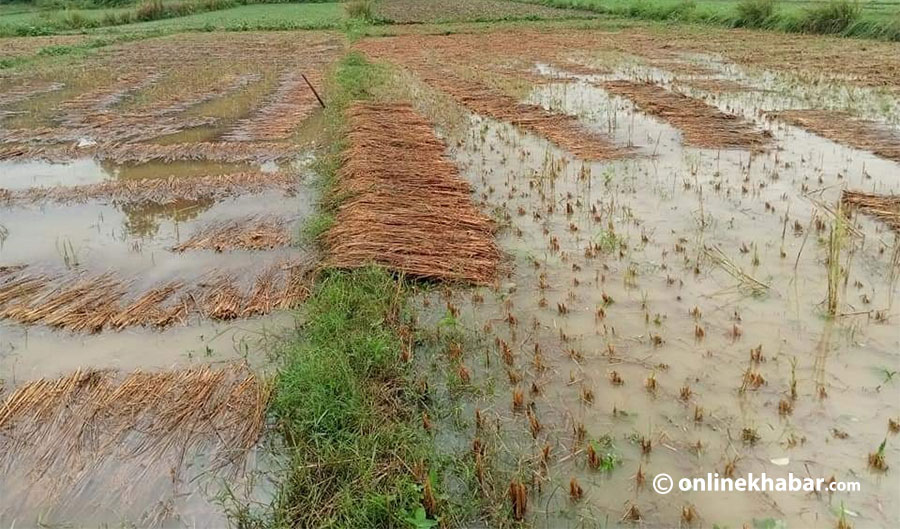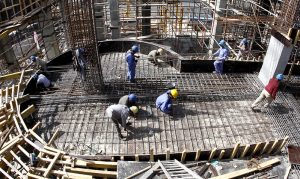
Nepal, a nation nestled in the lap of the Himalayas, is battling an existential threat that demands our collective attention: climate change. Despite contributing a mere 0.027 per cent to global warming, this nation stands as the fourth most vulnerable country to its devastating impacts.
The rising temperatures have led to a concerning yearly rise of 0.056°C, initiating a series of events that are severely impacting Nepal’s valuable water resources, jeopardising the survival of its people, and disrupting the delicate balance of natural resources and climate.
Water, the life force of Nepal, courses through its majestic mountains, nourishing its fertile lands and sustaining livelihoods. Yet, climate change has unleashed its fury, rapidly melting glaciers and retreating ice in the Himalayan region.
Understanding climate change

The rivers, which have been the lifeline of Nepal’s communities for centuries, are now subject to unpredictable flow patterns, leading to disastrous floods, devastating erosion, and times of desperate water scarcity. The nation’s farmers, who form the backbone of the economy, find their future in jeopardy as the once-reliable water sources wane and fail.
In the midst of challenges, there is hope through watershed conservation. Nepal has the opportunity to protect its delicate ecosystems, economy, and communities by preserving the natural areas where water gathers and replenishes.
This approach not only guarantees a steady water flow in rivers but also reduces the impact of severe weather events, building greater resilience against climate-induced disruptions. By utilising bioengineering techniques, PES mechanisms, and fostering collaboration among communities, experts, and policymakers, we can transform this vision into a reality, safeguarding our shared heritage.
To grasp the full gravity of Nepal’s plight, we must understand the interplay between climate change and water resources. As global temperatures continue to rise, the melting ice and glaciers in the Himalayan region wreak havoc on river systems and water sources.
According to recent data, the rate of glacier retreat has accelerated over the past few decades, leading to unprecedented changes in river flow patterns. The once predictable flow is now erratic, posing a severe threat to agriculture, hydroelectricity generation, and the very survival of communities dependent on these resources.
The harsh reality of climate-induced water scarcity is already evident across Nepal. As rivers dry up and water levels plummet, families are forced to walk long distances to find safe water sources. Women and children bear the brunt of this burden, trekking for hours, often risking their safety, to bring back a precious few gallons of water for daily needs. This tale of struggle is etched in the eyes of every Nepali whose life revolves around these resources.
Impact on the agricultural sector

Nepal’s agricultural sector, which provides sustenance to the majority of its population, is in dire straits due to water scarcity caused by climate change. For generations, farming has been a way of life, a tradition passed down from ancestors who understood the delicate dance between water and soil.
In the past, when the monsoons blessed the land, farmers rejoiced as their fields flourished with a bountiful harvest. Now, unpredictable rainfall patterns disrupt the monsoon season, leaving farmers anxious and helpless.
The impact is felt not only in the fields but also in the hearts of farmers who are deeply connected to their land and crops. With each passing year, the threat of crop failure looms larger, threatening food security and rural prosperity. To ensure a future where farming can continue to sustain generations, sustainable water management practices must become the norm.
Rainwater harvesting and efficient irrigation systems offer rays of hope, ensuring water usage is optimised and no drop goes to waste. As we embrace these practices, we can nourish the soil, rejuvenate the crops, and bring life back to the lands that have been a source of sustenance for centuries.
Beyond the human cost, climate change is ravaging Nepal’s unique biodiversity and ecosystems, threatening the survival of countless plant and animal species. The interdependence of water availability and biodiversity cannot be ignored.
The rivers, wetlands, and forests have long provided sanctuary to a diverse range of flora and fauna, some of which are endemic and endangered species found nowhere else on earth. These precious habitats are now at risk of disappearing, and the consequences of losing them reverberate throughout the ecosystem.
When water sources are disrupted, the ripple effect extends far and wide. Endangered species lose their habitats, and ecological imbalances emerge, leading to a domino effect of destruction. The delicate ecological balance that has sustained life in Nepal for millennia now hangs in the balance.
The urgency of addressing climate change in Nepal cannot be overstated. As temperatures rise and the environment shifts, the need to safeguard water resources becomes paramount.
Our future generations deserve to inherit a land where rivers flow freely, agriculture thrives, and biodiversity flourishes. By coming together as one united voice, we can protect and manage our water sources, build resilience against climate impacts, and create a sustainable future for all.
As we stand on the precipice of change, let us embrace the call of Nepal’s rivers, the echoes of its forests, and the whispers of its mountains – a call for preservation, resilience, and hope.























